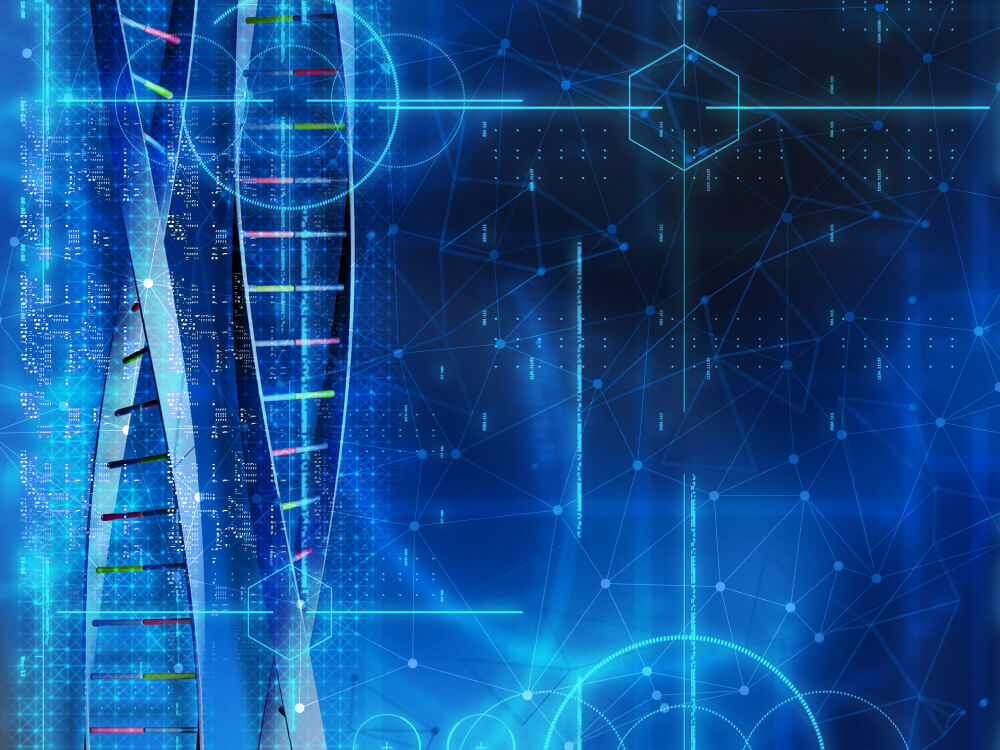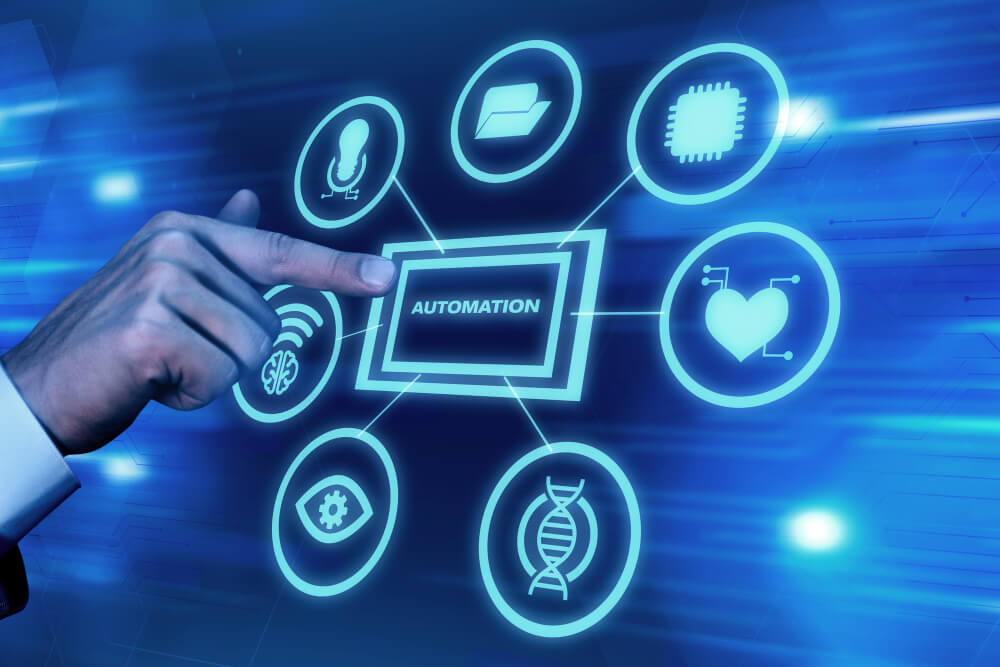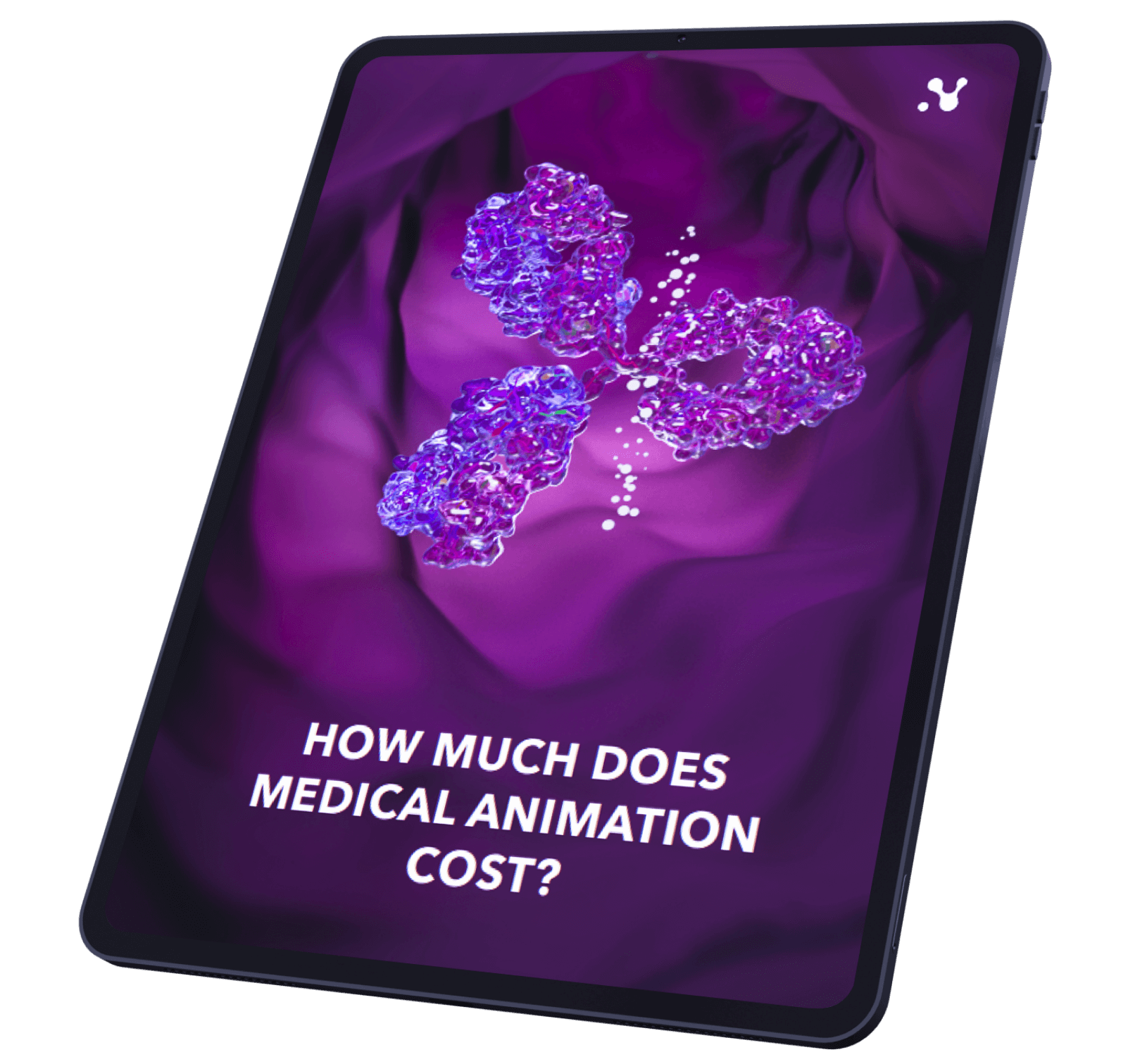Introduction to Bioinformatics and Its Importance in Biotech
Bioinformatics, an interdisciplinary field that mixes biology, computer science, and data analysis, has grown crucial to the biotechnology industry. Its main objective is to gather, store, analyze, and interpret enormous amounts of biological data to offer insightful information on complicated biological processes, illnesses, and drug development.
Biological research has revolutionized thanks to the fusion of biology and computer techniques. Before developing high-throughput technologies like next-generation sequencing, researchers would concentrate on specific genes, proteins, or pathways. But, as these technologies grew more common, bioinformatics was required to manage the massive and varied datasets they produced.

The Marriage of Biology and Big Data
The expansion of big data in biotechnology has been exponential because of developments in technologies like next-generation sequencing, mass spectrometry, and high-throughput imaging. These methods produce vast and varied datasets that cover genomes, proteomics, metabolomics, and other fields. With bioinformatics tools and approaches, it is practically possible to analyze and glean useful insights from such enormous datasets.
The infrastructure required to effectively store, arrange, and analyze this enormous amount of biological data is provided by bioinformatics. It entails establishing algorithms, software, and databases to handle and process data from multiple biological sources and enable researchers to investigate the connections between genes, proteins, and other biological molecules.
Genomics and Next-Generation Sequencing: Revolutionizing Data Generation
With the development of next-generation sequencing (NGS) technologies, genomics — the study of an organism’s whole DNA sequence — has undergone a fundamental change. With the help of NGS, scientists can quickly and affordably sequence DNA, producing an enormous amount of genomic data. This vast amount of genomic data requires careful management and interpretation, which is where bioinformatics comes in.
Bioinformaticians create complex algorithms to assemble short DNA reads, locate genetic variations, and compare genomes of other species. These investigations shed light on the evolutionary links, genetic underpinnings of disorders, and the identification of prospective therapeutic targets. Researchers can dissect intricate regulatory networks and find brand-new treatment options by combining genome data with other biological knowledge.

Proteomics and Structural Biology: Decoding Protein Functionality
Another area where bioinformatics has significantly impacted biotechnology is proteomics, the comprehensive study of proteins. The workhorses of biological systems, proteins, perform various tasks in cells. To understand cellular processes and develop targeted therapeutics, it is essential to understand their structure, function, and interconnections.
Cryo-electron microscopy and X-ray crystallography are two methods that structural biologists use better to understand the three-dimensional (3D) structures of proteins. Unfortunately, it takes time and money to determine protein structures experimentally. In silico modeling, a computer technique offered by bioinformatics to predict protein structures is a useful adjunct to experimental methods.
Additionally, the analysis of extensive proteomics data using bioinformatics tools makes it possible to find protein-protein interactions, post-translational alterations, and functional annotations. Thanks to this wealth of knowledge, researchers can better understand illness mechanisms and find potential biomarkers and therapeutic targets.
Systems Biology and Network Analysis: Understanding Biological Systems Holistically
Biology is a collection of discrete parts and a complex network of chemicals and pathways that cooperate to maintain biological processes. A holistic approach is used in systems biology, which seeks to comprehend the behavior of entire biological systems instead of discrete parts.
Systems biology depends on bioinformatics since combining different biological data types like genomics, transcriptomics, proteomics, and metabolomics makes it more accessible. Tools for network analysis make it easier to see and understand these intricate interactions by exposing hidden connections and emergent features.
Researchers can better understand how genetic variants and disruptions in cellular pathways lead to diseases by analyzing biological systems as networks. This information significantly affects drug development since it makes it possible to find drug combinations that target several nodes in a network, improving the effectiveness of treatments.

Data Mining and Artificial Intelligence – Unraveling Biological Patterns
Robust data mining and artificial intelligence (AI) approaches are required for practical analysis due to the sheer volume and complexity of biological data. The search and finding of patterns, correlations, and linkages within massive databases is known as data mining. Bioinformatics is enabled by AI, in particular machine learning, to create predictive models and categorize intricate biological data.
In genomics, artificial intelligence (AI) algorithms help in disease-causing genetic mutation detection, gene function prediction, and patient stratification based on genetic profiles. By simulating molecular interactions, AI-driven virtual screening expedites the identification of prospective drug candidates in drug discovery.
Automated illness detection is also made possible by AI-powered image analysis tools, which improve the interpretation of high-resolution cellular pictures. These AI-based bioinformatics applications have the potential to speed up research, cut expenses, and result in more individualized medical solutions.
Precision Medicine and Personalized Therapeutics: Tailoring Treatment with Bioinformatics
A paradigm revolution in healthcare is being ushered in by precision medicine, which tailors therapies to each patient’s unique features, including genetic makeup, way of life, and environmental circumstances. The realization of this idea depends critically on bioinformatics.
Bioinformatics finds genetic markers linked to diseases or drug responses by examining genomic and clinical data from large cohorts. Clinicians can use this data to forecast a patient’s risk for certain illnesses and modify treatment strategies accordingly.
Bioinformatics helps oncologists identify particular driver mutations in cancers, which allows them to choose tailored medicines that are most effective while having the fewest side effects. It helps track pathogen evolution and foretells the appearance of drug-resistant strains in infectious illnesses.

Future Prospects and Challenges in Bioinformatics
Bioinformatics faces both enormous promise and formidable obstacles in the future. The amount of biological data will increase as sequencing technologies continue to advance. As a result, increasingly sophisticated infrastructure and technologies will be needed for data storage, administration, and analysis.
Furthermore, ethical issues concerning data privacy and ownership will become more crucial when personal genomic data becomes more widely available. It will be difficult to compromise between maintaining individual privacy and exchanging data for research reasons.
Moreover, a professional workforce with knowledge of biology and computing sciences is required due to the interdisciplinary nature of bioinformatics. It will be essential for future developments to foster collaboration between professionals from other domains and train the upcoming generation of bioinformaticians.
Bioinformatics has emerged as a key component of contemporary biotechnology by enabling researchers to leverage the potential of extensive data to advance medicine and the life sciences. Bioinformatics has paved the path for ground-breaking discoveries and individualized therapies, from decoding the human genome to revealing the mysteries of intricate biological networks. The future of bioinformatics promises exciting potential and seismic shifts in healthcare and beyond as we continue to ride the tide of big data. The secret to attaining the promise of precision medicine for everyone and maximizing the potential of big data in biotech will be to embrace this interdisciplinary field.


